#Empire of Cotton
Text
[...] conceptualizing the nineteenth century, as is so often done, as an age of “bourgeois civilization,” in contrast with the twentieth century, which historian Eric Hobsbawm has termed the “age of catastrophe.” An assessment such as this can only be derived from a vision of the world that focuses its moral judgments on Europe. Looked at from the perspective of much of Asia, Africa, and the Americas, one can argue just the opposite—that the nineteenth century was an age of barbarity and catastrophe, as slavery and imperialism devastated first one pocket of the globe and then another.
It is the twentieth century, by contrast, that saw the weakening of imperial powers and thus allowed more of the world’s people to determine their own futures and shake off the shackles of colonial domination. Without its Eurocentric distortions, decolonialization would be at the very center of the narrative we tell about the twentieth century—and this retelling would allow us to see that global capitalism today is most fundamentally shaped by the struggles for independence.
Empire of Cotton: A Global History, Sven Beckert
#empire of cotton#sven beckert#capitalism#colonialism#19th century#history#imperialism#books#reading
1 note
·
View note
Photo

Formal Dress
1805
France
Museum of Fine Arts, Boston (Accession Number: 22.665 )
#evening dress#afternoon dress#fashion history#historical fashion#1800s#19th century#empire era#napoleonic era#france#white#red#cotton#embroidery#mfa boston
611 notes
·
View notes
Text
Fashion in Fódlan: a very long, non-comprehensive, and entirely unsolicited analysis
The fe3h writers did a pretty solid job of creating three nations with clear social, economic, and political differences. The fashion stands out to me as doing exceptionally well at expressing those differences, and, just like in the real world, it works as a sort of socioeconomic barometer that helps tell Fódlan's story.
In this post, I'll break down the key clothing trends in the three regions and provide some light interpretations, largely related to $$
Please note that I'm NOT using this post to discuss historical inspirations. Also, not everyone from every region is included. In particular, anyone whose outfit is too much of just a riff on a class uniform (like the Ashen Wolves or the various minsters in the empire) is left out.
There's a part 2 now lol (church of seiros time); part 3 as well!
1. Holy Kingdom of Faerghus: function IS fashion, baby!!
Fearghus, beloved land of ice and snow and spooky folktales about watering your fields with blood and ghosts living under the ground - you did not come to fuck around. You're here to protect the commoners and go back home to a stew that may, if you're lucky, actually have some meat in it. In this kingdom, you're going to dress warm and you're going to like it. Oh, you have some extra money? Gonna spend it on something for yourself? Better be using it for something useful, like keeping your plate armor in good condition. (Please note: Catherine, though being Faeghan, is excluded because she wears the uniform of the Knights of Seiros, not her own clothes.)

Trends:
High collars, long skirts - generally as little exposed skin as possible. (There is exactly one pair of bare hands in the entire kingdom. Mercie is getting a little bold 👀)
Fur cloaks/capes/gloves, or just fur around the cuffs and collars if they don't have a full fur cloak.

Armor - every single man is dressed in armor, as is Ingrid. Most of the men have full suits of plate armor, but Felix, Rodrigue, and Ashe are wearing only gambesons (note the quilting in Felix's sleeve - that's what gives it away, imo). The folks in plate armor would have gambesons on as well (you can see Ingrid's underneath her breastplate), acting as padding for the plate armor. I think Gilbert is wearing plate armor with a tunic over it (a realistic historical practice).

Fastening is accomplished with clasps and lacing, and there are relatively few buttons or adornments to be seen on the main garments - Annette is an exception, which will be addressed later.
Brief analysis:
Notice the economical use of fabric - their clothing tends to lie flat, with fabric being layered for warmth rather than pleated, gathered, or puffed. The folks in plate armor may spice it up a little with a sash of some kind if they aren't already wearing a cloak or cape. I'm assuming Gilbert's ~stylish tunic~ is keeping him warm well enough to not need a cloak or larger scarf. (Mercedes has a ruffles and puffier sleeves, plus a fuller skirt, but it's worth noting that she is currently part of a merchant house, and merchants tend to be wealthier and actually occupy a unique social class between nobles and commoners.)

Note the colors, too. Greens, browns, and yellows are the cheapest and easiest dyes to make and use. That bright sort of tawny color that Gilbert, Annette, and Jeralt all have is easy and cheap. Gilbert's grey tunic could feasibly just be undyed wool. A true blue is difficult, but you'll note that the blue the people wear up here leans towards grey and green - could be that the dye is faded, or that it was never very blue to begin with. The only true blue is on Dimitri.
All of this reinforces the idea that Faerghus is not a rich nation, and the nobility don't live too far off from the common folk. The vast majority of the cost we see is actually their armor (worn by Dimitri, Dedue, Sylvain, Gilbert, Jeralt, Matthias, Ingrid, and also if we're getting all the way into it, Gwendal, Miklan, Lonato, and Baron Dominic as well), which is would have been pretty expensive. You'll notice they mostly wear grey armor with very little extra decoration, keeping the costs low. Ingrid, the poorest of the nobles in armor, also has the least actual plate. Felix and Rodrigue both have full cloaks, which most other people don't have (just Dimitri), but they also aren't wearing plate, so clearly that's a calculated choice.
That being said, even within these more economical fashions, we can still see clear differences between classes. Most noticeably, Felix (rich) and Ashe (not rich) have very similar outfits, but Felix's tunic/gambeson is lined with fur, while Ashe's is not.

BTW I'm of the opinion that the Fraldariuses are the richest people in the kingdom other than the royal family, and I believe that specifically of their fancy cloaks lol
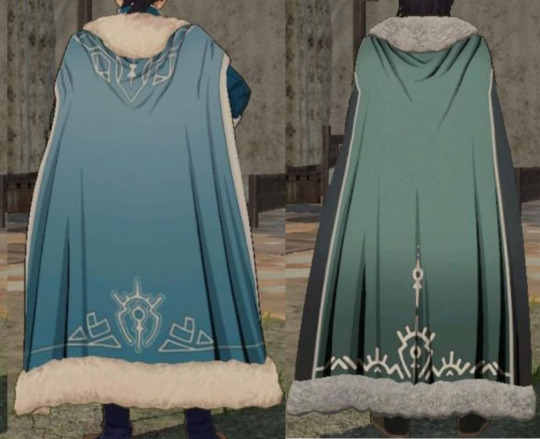
so luxurious~
2. Adrestian Empire: look at my money bitch
Ah, the land of beauty and excess! I love to live in the capital and visit the cultural icon that is the opera and pretend that I'm not in Wealth Inequality Central. (Please note: Petra is not included, since she dresses according to Brigid's fashions. Also note: I fuck w these styles so hard, dude.)

Trends:
Short skirts (above the knee - Dorothea has a draped over-skirt thing, but her main skirt is shorter, and Manuela has leg slits instead of a short hem), low or square necklines, open backs. In general, we're looking at a lot of exposed skin. Forgot to include Cornelia in the pics, but she has this too.

Tailored jackets with just SO many buttons. Hanneman fits into the tailored jacket category, but isn't included in the highlights by virtue of Not Enough Buttons. (Some concept art is included here to drive the point home.)
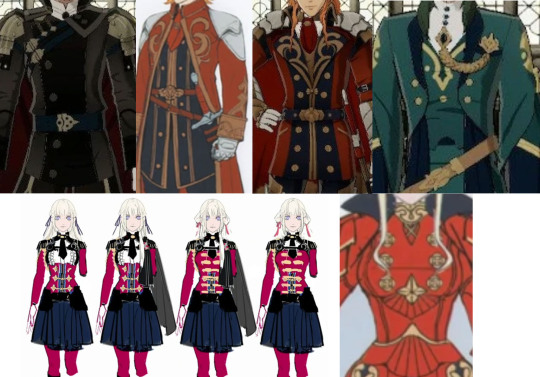
Finally, there's this specific very specific double-breasted neckline thing (baby edelgard is separate bc i forgot to include her when i made the first image shhhh)

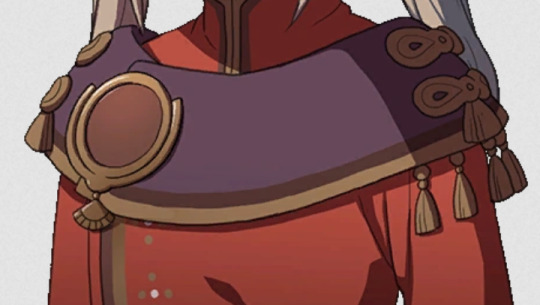
Brief analysis:
Adrestian fashion is all about displaying status and wealth, in this case through ornamentation, rich colors, uniforms denoting class/role, and also a fair amount of excess fabric.
Historically, fabric itself was one of the major indicators of wealth - in fact, certain historical styles very explicitly showed off just who was rich enough to afford, for example, a whole gown made from the same length of fabric, or even just an entire skirt panel with no piecing. In the Adrestian Empire, We've got excess fabric galore, tucked away into all those beautiful ruffles and bell sleeves, layered skirts, unnecessary capes, double collars, and puffy pants - and it's all in much more luxurious colors, too. In fact, I'm pretty sure the largest single piece of fabric on anyone in the game is Edelgard's cape, which is then also adorned with dozens of buttons and extra bits of fabric. It's almost definitely fully silk, both the outer layer and the lining. (And it's badass.)

Look at all that fluff! Dimitri's cloak probably rivals hers in the size of the actual fabric itself, but his is likely a heavy wool (unlined, maybe?), plus has a lot of fur.
"Oh, but pg, there are capes in Faerghus, too!" yes, but in Faerghus, they live in the arctic /hj. Note the vast expanses of exposed skin down here in the empire - clearly, cold is not an issue. You'll also note that the cloaks in Faerghus were heavy and lined with fur; that's not the case here. Given the prevalence of tailored jackets and the dual colors on Ferdinand's cape, I'm guessing they're either a comparatively lightweight wool with a silk lining (typical for tailored suit jackets, nothing particularly noteworthy about that), or just fully silk. (Bernie's shawl is just cotton though, prove me wrong...) Hanneman and Manuela are exceptions, since they both have fur, but they live at Garreg Mach, not in Enbarr.
The jackets themselves, by the way, could be silk OR wool. Ferdinand's in particular (especially thropes) reminds me of early 18th c. waistcoats, which would have been full silk.
We also have much richer colors down here in the land of art and song. Red, purple, and black were all very difficult colors to maintain, and very expensive. The most expensive colors, in fact. Not gonna lie, as far as price per yardage goes, I think Hubert's outfit might rival Edelgard’s in expense.
A notable exception to the excess fabric bit is Bernadetta. However, her dress is in what is arguably the most expensive color, and is heavily decorated, so that's a reasonable trade-off, and I don't blame her. I, too, would go for a smaller amount of pretty purple silk embroidered with bright, beautiful gold and yellow instead of a bigger, more impressive-looking option. It's about the little things.
I do want to take look at Caspar, in particular. He's unique in that he's dressed in a full suit of armor. But, given that he's the second son and not set to inherit anything, unlike all his waistcoat-wearing friends, he isn't being held to some particular uniform, and even if he were, it's the ministry of military affairs. Of course they wear real armor. What's interesting is that his armor is a sort of rosy grey/brass, rather than silver, and he has a lot more decoration and flair than the folks with full armor in Faerghus, in both his throuses and thropes outfits.
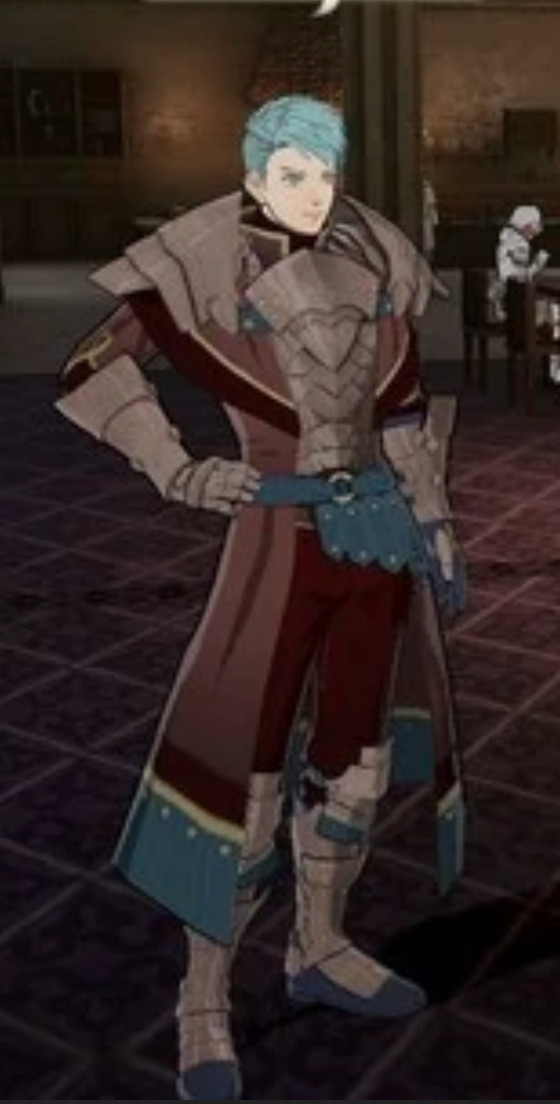

Worth noting, btw, that we have exactly zero examples of actual commoners in Adrestia, other than generic NPCs. Dorothea belongs to that peculiar niche that is opera and acting, so she is expected to dress and act like a noble, despite not having a title or property of any sort.
Adrestia - and Enbarr in particular - leads the slow march of fashion across Fódlan, given that it's a cultural hub and is so much wealthier, while Fearghus slowly picks things up over time. Thus, we have Annette, who lives closer to the empire and has disposable income, having some decorative buttons and tassels and a mock low neckline.
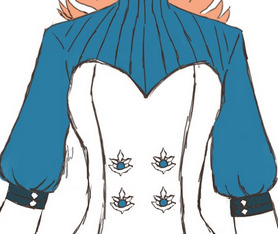

It's not nearly as much as the actual Adrestians, but she's picking it up!
3. Leicester Alliance: the beeeest of both worlds~
Oh, Alliance, you messy bitch. What we see here is a mix of everything, where some of them are influenced by Faerghus, and others by Adrestia (just like how some of them have kingdom-style names and some have empire-style names), and a few fit neither camp. There are clear reasons for similarities where they exist, though, so let's take a look! (Please note: Claude is not included, since his clothes are heavily influenced by Almyra.)
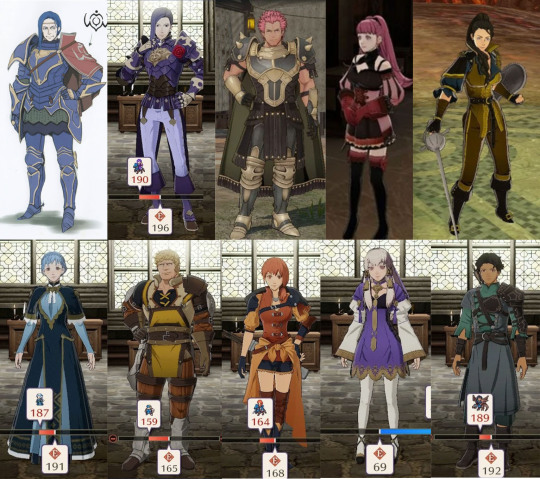
Hilda and Lysithea have the frills, puffy sleeves/skirt, short hems, low/square necklines, and expensive colors of the empire (plus, Lysithea gets a decorative veil in dark purple. How ~fancy~). This reinforces the idea that Adrestia sets the standards for fashion: Hilda cares about fashion and keeps up with the times. Lysithea lives on the border and was briefly under the control of the empire, and thus is influenced by it. Mostly, though, I think it's about how she tries to seem older and tends to see Hilda as a model of maturity (lol), so she's following that example.
Holst's armor is quite decorative, similar to Caspar's, but what stands out to me is the fringe in particular. We see the exact same fringe on Caspar, Hubert, and Edelgard, but not anywhere else.
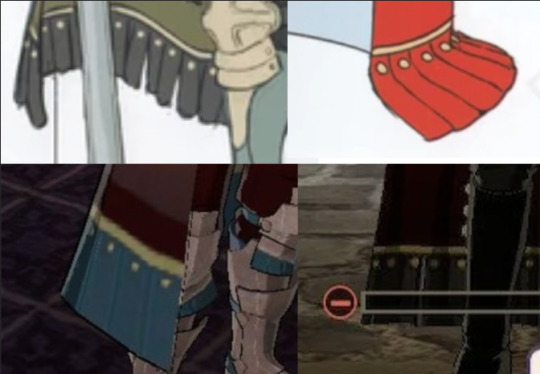
Lorenz and Erwin are a bit of a border case, tbh! They both wear practical, full plate armor with little in the way of extra decor (other than Lorenz's rose and Erwin's little cape thing), but Jesus christ how much does it cost to keep it all so purple like that??? That's a blatant display of wealth that would impress any empire noble.
Marianne, on the other hand, would fit right in in Faerghus, with the old fashioned long skirt, high collar, capelet, and lack of extra decoration other than some pretty trim. Makes sense, since her territory is so close to the kingdom and she's clearly not interested in trying to stay fashionable.
Judith is dressed very practically, has some fun puffy sleeves and bright but inexpensive colors, has a short cape and gambeson (a short vest one, though). I want to say leans toward Faerghus, which makes sense since it's on the border and the house did at one point split off, with part going back to the kingdom.
Now we get to the only real, honest-to-god, never-owned-land-or-property, born-as-and-remain-now peasants/commoners: Leonie and Cyril. (Raphael was born into the merchant class and was able to support himself and Maya by selling his estate, so while we can consider him a real commoner at this point, it's not nearly to the same degree.)
Their economic status is obvious from their outfits: both have very practical clothes with no extra decoration, in cheap and easily accessible colors. Leonie's cloak wrapped around her waist is purely functional - she can use it when the weather calls for it, but it's out of the way of her arrows when she doesn't need it - and looks to be pretty soft, so likely is lightweight. She has a hint of some light protective wear (note the quilted sleeve) and the same front clasps as Felix and Ashe, so i think she's also meant to be wearing a gambeson, but it's shorter and less protective. Cyril doesn't seem to have any armor at all except for the shoulder protection - we can tell from the lack of center-front closures on his shirt and the shape of the cuffs of the sleeves that he's actually just wearing a tunic (or rather, two tunics on top of each other).
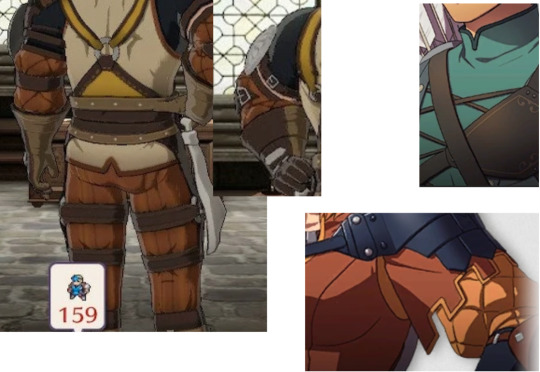
Raphael also has a very practical outfit, but notice that his is so much more protective, probably because he has a little more money than the other two. He has very limited, sparsely placed plate armor, but he is covered head-to-toe in quilted cloth armor. He's ready to get some punching done, baby!
Our real outlier, however, is Ignatz... But you bet your bottom dollar I've got an explanation for that one, too!!!!! Mans is an artist and he has rich(?) merchant parents, he can do whatever he wants.
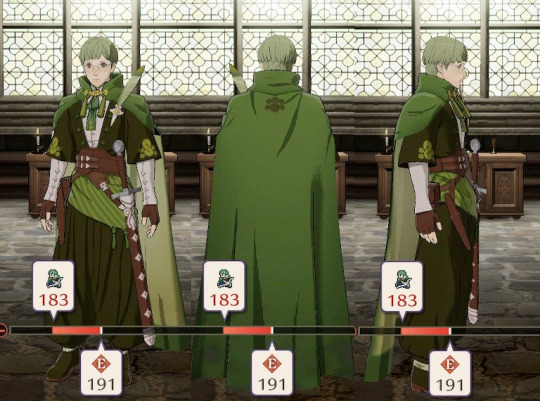
Absurdly unnecessary lengths of (probably not very expensive) cloth? Sure. Fancy feathers that literally no one else gets? Why not! A billion buttons, half of which arent even keeping anything closed? Curly and intricate cloak fasteners probably made of some kind of cording? Sashes and tassels and a decorative sword??? Fuck it, we ball. I love this so much, it's easily my favorite outfit in the entire game and I would ABSOLUTELY wear it irl. I already have the right haircut and glasses and boots, I'm ready
4. In conclusion
These designs really are Fódlan in a nutshell. From the quiet wealth and functionality in Felix's fur-lined gambeson to the audacious luxury of Ferdinand's waistcoat to the unrepentant anarchism of Ignatz's entire vibe, we can see the history - and future - of the continent outlined right before our eyes:
Faerghus is cold, practical, focused on survival, and probably has the most even distribution of wealth. Leicester is a mix of remnants of the empire and kingdom, with clear wealth disparity but also a relatively high amount of social mobility and communal support systems. Adrestia has significantly wealth disparity, with nobles very disconnected from their people and instead busy politicking about.
Side note I know I said I wouldn't go into the historical inspirations, BUT I do think it's interesting that the men's clothing in Adrestia - particularly the tailoring - is similar to much later styles than the men's clothing in Faerghus, and the reverse is true of the women's sleeves and necklines.
Okay that's all, thanks for reading!
#fire emblem three houses#fe3h analysis#holy kingdom of faerghus#adrestian empire#leicester alliance#golden deer#black eagles#blue lions#fodlan's fashion icons#(not actually part of the series but it's topical ok)#this is why i cant do cosplay btw#i see an outfit i like and i immediately am like ok how do you make that irl? get me seven yards of cotton muslin we're doing a mockup#like why would i make Felix’s outfit if I'm not going all in on actual quilted armor yk?#i dont want Ignatz's pants if theyre going to just hang lazily and bunch at the ankle it needs BODY it needs STRUCTURE#yk?#anyway its super late im going to bed now bye#fashion in fodlan
2K notes
·
View notes
Text
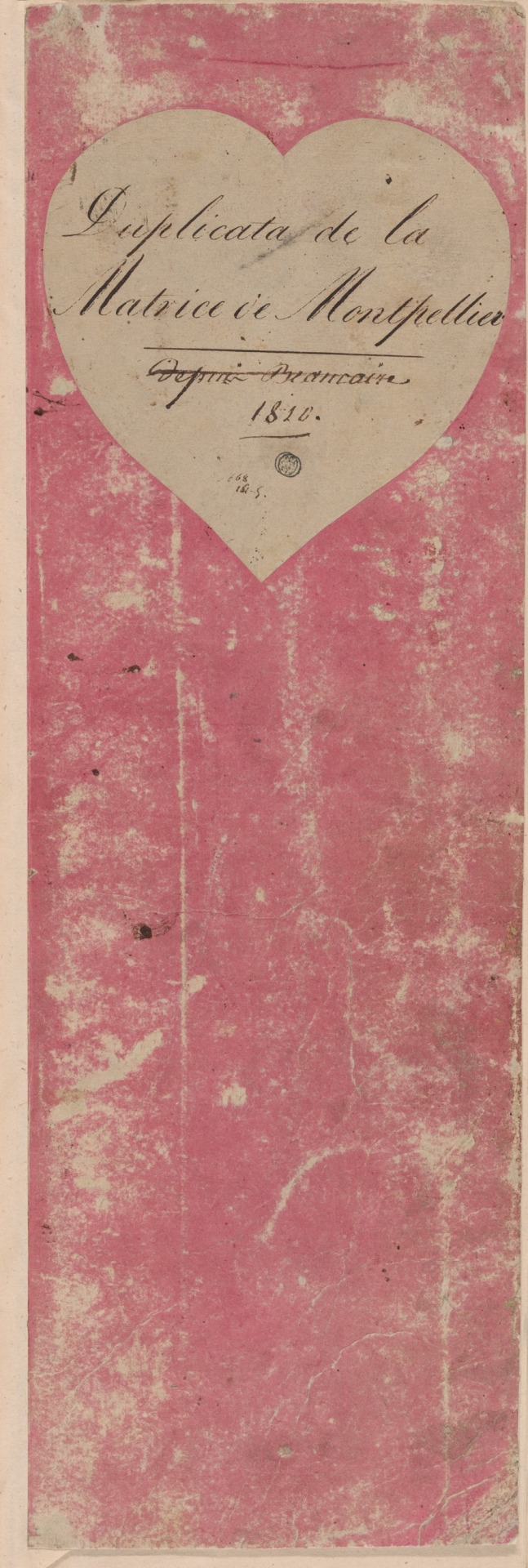
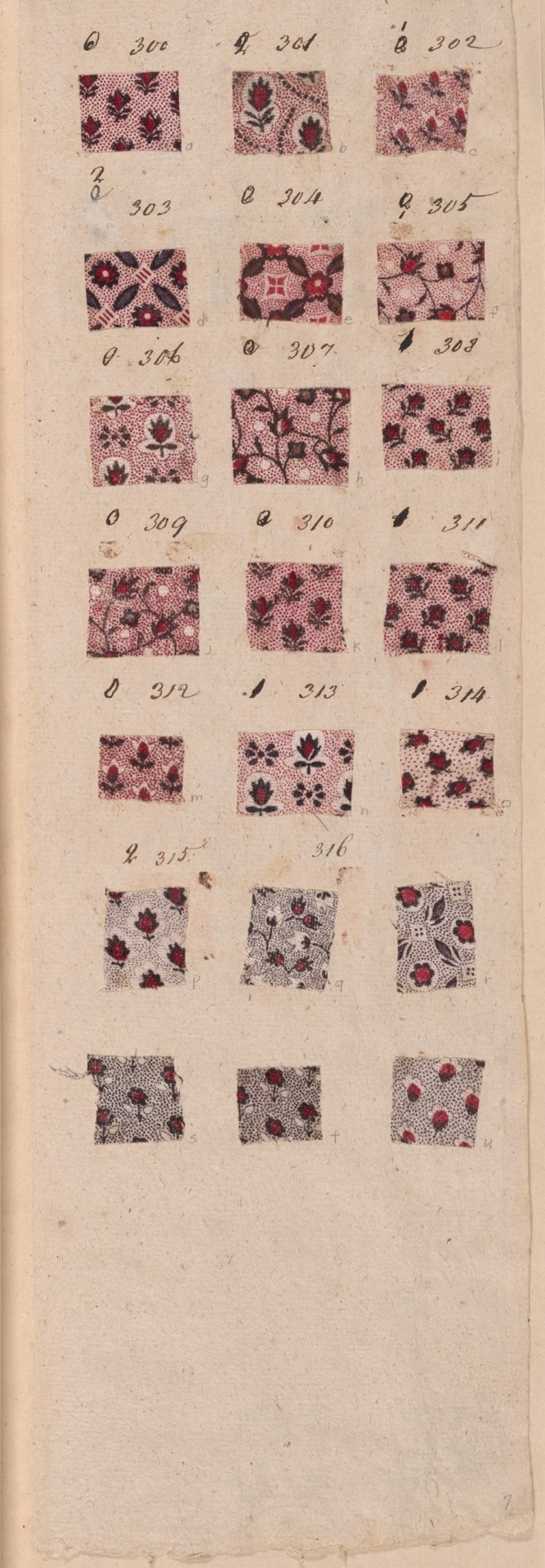





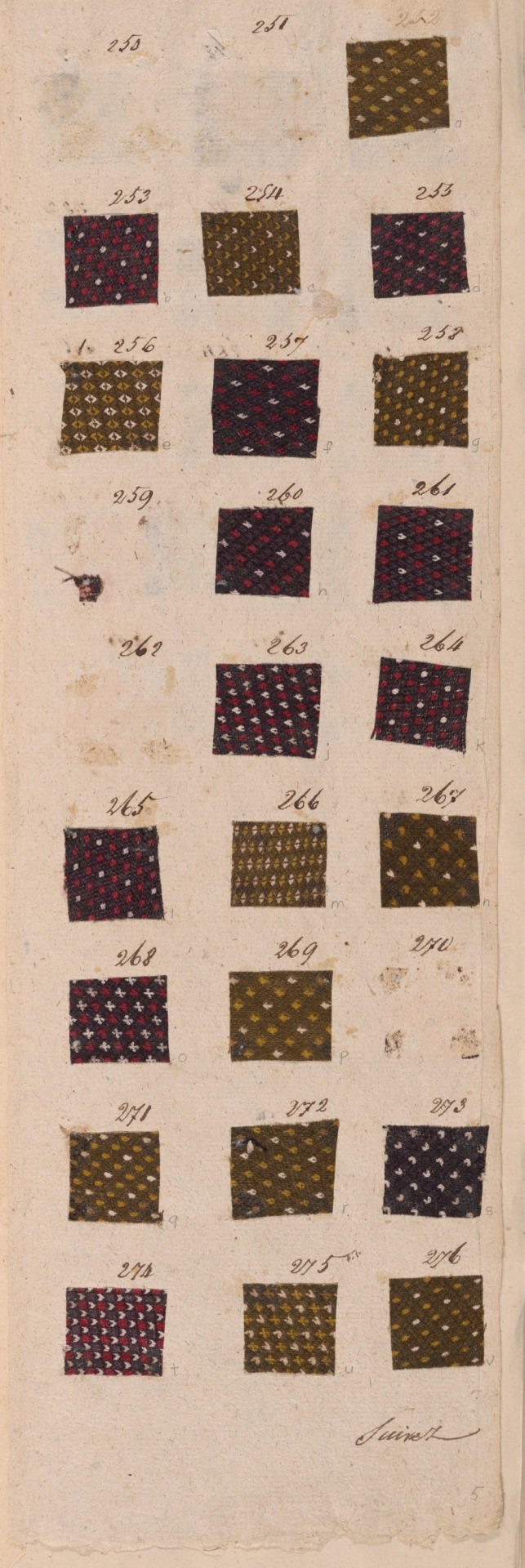

Copy of the Goods of Montpellier
France, c. 1810
Napoleonic era
This book illustrates the huge variety of intricate patterns printed in vivid colors on cotton textiles for fashion during the early 19th century. The book comes from Montpellier, a town on the southern coast of France that is not known today as a center of textile printing. Thus these samples indicate how much more widespread the textile industry was in Europe during the Industrial Revolution. This book contains more than 2,300 small samples.
Source: Art Institute of Chicago
#textiles#colors#farbric#Montpellier#book#napoleonic era#napoleonic#19th century#1800s#1810#cotton#textile#fashion#style#pretty#empire period#empire style#first french empire#french empire#french#art#France#fabric#french art#empire#napoleon#19th century art#history#women#pattern
486 notes
·
View notes
Text

White Cotton Dress, ca. 1800, American.
MFA Boston.
#white#cotton#womenswear#extant garments#19th century#mfa boston#dress#american#usa#1800#1800s#1800s dress#1800s usa#empire waist
141 notes
·
View notes
Text








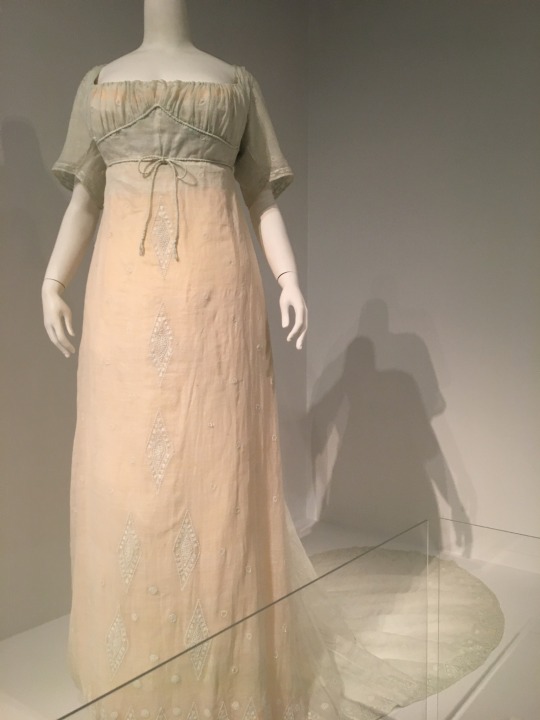

Embroidered Cotton Mull Gown - Details
Europe
Circa 1800-1805
Majesty & Mystery: Saving a Napoleonic Court Gown
Fidm Museum And Galleries
#cotton mull gown#antique embroidery#antique gown#empire gown#empire fashion#Majesty & Mystery: Saving a Napoleonic Court Gown#fidm
2 notes
·
View notes
Text
💥A historic revolt, a forgotten hero, an empty plinth: is there a right way to remember slavery?💥
#duttylingo#windrush#slavery#transatlantic#british empire#windrushgeneration#culture#the guardian#cotton
0 notes
Text

Here are the main side characters!
Omu - They/Them and Sari's older adopted sibling
Sari - She/Her
Cotton - He/Him and a previous feral
Taiyo - She/Her (Questioning)
Revi - He/Him/They/Them
1 note
·
View note
Text
Between 1783 and 1808, 170,000 slaves were brought from Africa to Southern US plantations and, by 1830, one million people – one out of every thirteen Americans – were growing cotton.
France, Germany and Belgium each took active steps to protect their domestic cotton producers from foreign competition, especially from Britain. From 1806 to 1814, the French blocked all British cotton goods, effectively kick-starting the continental European cotton market. Due to this market insulation, the cotton industry, along with other mechanized fields, became stronger on the continent, enabling these countries to industrialize before others.
Mechanization meant booming productivity and plummeting costs. This put Indian manufacturers at a serious disadvantage. Eighteenth-century Indian spinners, the world leaders of cotton production in their day, required 50,000 hours to spin 100 pounds of cotton. By 1825, British workers operating machinery needed just 135 hours to process the same amount.
Because of this incredible change, between 1795 and 1811, British cotton prices dropped by up to 50 percent, enabling Britain to emerge as the world’s leader in cotton exports. In 20 years, the annual value of British cotton goods exports increased by a factor of sixteen, hitting £5,854,057 in 1800.
After all, homemade cotton goods could never compete with the cheap cloth made by manufacturers. Factory production put household weavers out of business, forcing them to find work in factories. Since these home-based weavers were largely women, women also predominated in the factories.
For example, during the mid-1820s, 89 percent of the workers at England’s New Hampshire-based Dover Mill were women. However, factories also recruited other vulnerable groups, especially children from orphanages and poor families desperate for income.
#book : empire of cotton#usa#slavery#18th century#19th century#europe#france#germany#belgium#protectionism#capitalism#industrialization#cotton#poverty#exploitation
0 notes
Text
bundle of joy <3
prison bf toji series linked here <3
this man was forged and handcrafted to be a girl-dad to a little sweetheart. i love him w all my heart.

the rasp of your husbands voice is so soft that you’re unsure if you’re still dreaming, head spinning from the IV cocktail the doctors had pumped into you the day prior.
toji sits with his back to you, your daughter cradled in the crook of his arm. your little bundle of joy so gently, letting her mindlessly grab at the cuff of his sleeve.
“what’re you doing, huh?” he mumbles, stroking the softness of her cheek with his thumb.
the baby ignores him, opting to try and get the fabric of his shirt into her mouth. soft, pink little gums bite down on freshly washed cotton, her feet kicking in excitement at the new texture.
“aht— hey!” he mumbles, gently pulling the soaked fabric from her grasp. “dirty.”
you sit up from your spot on the bed, inching over to the two of them.
toji truly can’t take his eyes off her, nodding intently while the newborn babbles nonsense to herself. he quickly switches her to his other arm once you join him, letting you lean your full weight on him.
tiny, pruney little fingers close around the bottom of his index, soft skin contrasting against the blues and blacks of his tattooed knuckles.
“is she supposed to be this tiny?” he whispers, half in awe half out of concern. your heart melts at how soft his voice is, eyes blown wide.
“f’course,” you giggle tiredly, still woozy from the epidural. you nose at the curve of his shoulder with a hum. “doctors said she was perfectly healthy, remember?”
“right, shit,” he mutters, tensing up at the freudian slip. “oh— sorry,” he says it to your daughter this time, clearly embarrassed at his lack of a filter.
toji’s lifestyle change had been a gradual process. a culmination of a life spent on the streets, moving up the ranks year after year until he’d forged an empire built on the bodies of his enemies.
then you came along, holding him down through a 7 year sentence while the world threw its worst at him, testing the integrity of your relationship as you both struggled to see the light at the end of the tunnel.
somewhere along the way nights at the club together turned into nights spent inside, planning out your future.
you had wanted to give him this for so long. to raise a child together and complete your little family, fulfilling both your lives just a little bit more. toji had dropped to his knees when you brought him the positive test, burying his face in your stomach to hide his teary eyes.
you can’t help but laugh to yourself at the irony of it all. that the man in front of you with the word “greed” gracing his knuckles in bold letters was holding your baby with all the generosity in the world.
“she drank a ton today.”
“oh yeah? big appetite huh?” he coos, pulling her pink baby hat up to let her little ears breathe.
“takes after her dad.”
your little blessing lets out a tiny yawn before closing her eyes, tuckered out after a long day of adjusting to her new world.
“should i put her back in the crib?” he whispers, so scared of waking the poor girl up.
let her sleep on me for a little, i’ll be up for a while anyways,” you explain, reaching for your daughter to let her settle onto your chest.
“my girls,” he mumbles, so full of love when he says it.

taglist ! 🏷️
@honeybee54321 @m150-50up @kuryoomi @t4naiis @serendippindots @sillyalo @levixbby @powerrwa @tojishugetiddies @wheredidmycrowngo @unknownspecies @ushygushybaby @ebiharachan @hoshigray @crazychaoticizzy @denypipa @watyousayin @tempest1art @sakuraryomen01 @kariito-art @vkeyy @mxtokko @inumakiiz @rosieee491 @loveme-b4by @suguxo @namjoonsbuspass @tojis-luver @complexivelovely @dancingwithdeities @sunflwrsugar @catvader101 @ktsgrl @princessos-blog @4ut0p5y @swiftsongs-mp3 @mycocoapuffs @adrenepinephrine @na0koz @suguscape @jaswonder3 @bokutosprettylittlebimbo @getousrep @jeannieboys @darkstarlight82 @freebananabeard @vivian-555 @kentokaze @subarusuguru
#toji#toji fluff#toji x reader fluff#toji x reader#fushiguro toji#jjk toji#toji headcannon#toji hcs#toji drabble#toji drabbles#jujutsu kaisen#girl dad toji#girl dad! toji
4K notes
·
View notes
Text
This [...] allows for an equally important emphasis—the importance of coercion and violence to the history of capitalism. Slavery, colonialism, and forced labor, among other forms of violence, were not aberrations in the history of capitalism, but were at its very core. The violence of market making—forcing people to labor in certain locations and in certain ways—has been a constant throughout the history of the empire of cotton.
Empire of Cotton: A Global History, Sven Beckert
1 note
·
View note
Photo



Dress
1804-1815
Austria
The MET (Accession Number: C.I.39.13.52)
#dress#fashion history#historical fashion#1800s#1810s#empire era#cotton#beading#19th century#white#green#yellow#austria#1804#1805#1810#1815#the met
462 notes
·
View notes
Text
Shava Cashmere
“Empire”
#the empire strikes back#cashmere#pashmina#shawls#bespoke#exclusive#shava#stoles#silk#unique#shopping#art#design#natural fib#switzerland#cotton#handwoven#winter#rasputin the mad monk#summer
0 notes
Text
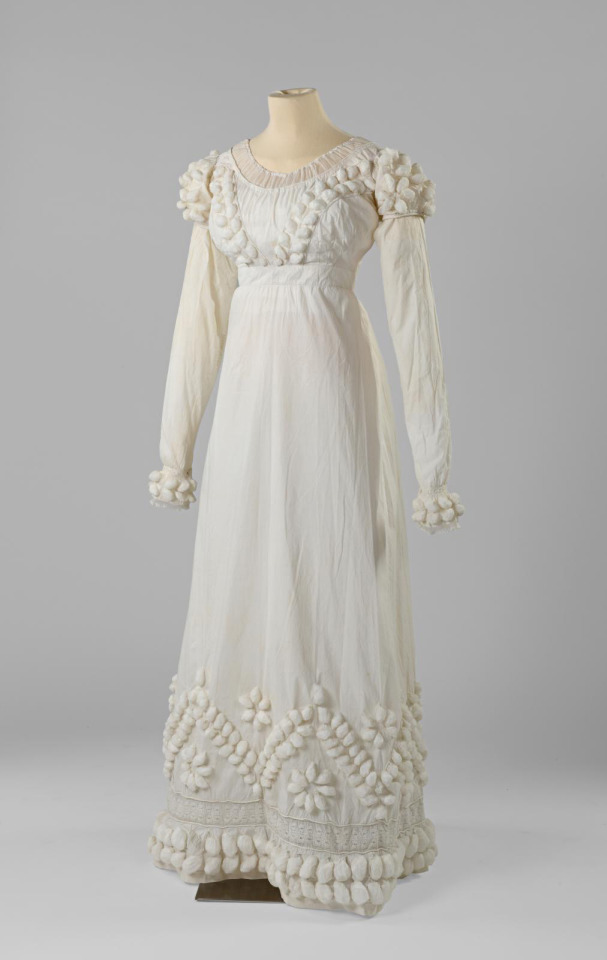
Neoclassical dress, First French Empire, Napoleonic era, c. 1810, white cotton and muslin. (La Gazette Drouot)
#dress#neoclassical dress#empire#empire style#fashion#cotton#muslin#empire waistline#first empire#first French empire#napoleonic era#19th century#1800s#1800s fashion#French#France#French fashion#fashion history#historical fashion#history of fashion#neoclassical#neoclassicism#costume#regency#regency fashion#Jane Austen#napoleonic
192 notes
·
View notes
Text

White Embroidered Cotton Dress, ca. 1805, French.
MFA Boston.
#white#womenswear#extant garments#19th century#dress#france#french#1805#reign: napoleon i#1800s#1800s France#1800s dress#mfa boston#embroidery#cotton#empire waist
17 notes
·
View notes
Text
💥🇯🇲Six in 10 in UK poll say descendants of enslaved people owed formal apology🇯🇲💥
#duttylingo#windrush#slavery#transatlantic#british empire#windrushgeneration#culture#the guardian#cotton#reparations#uk government
0 notes